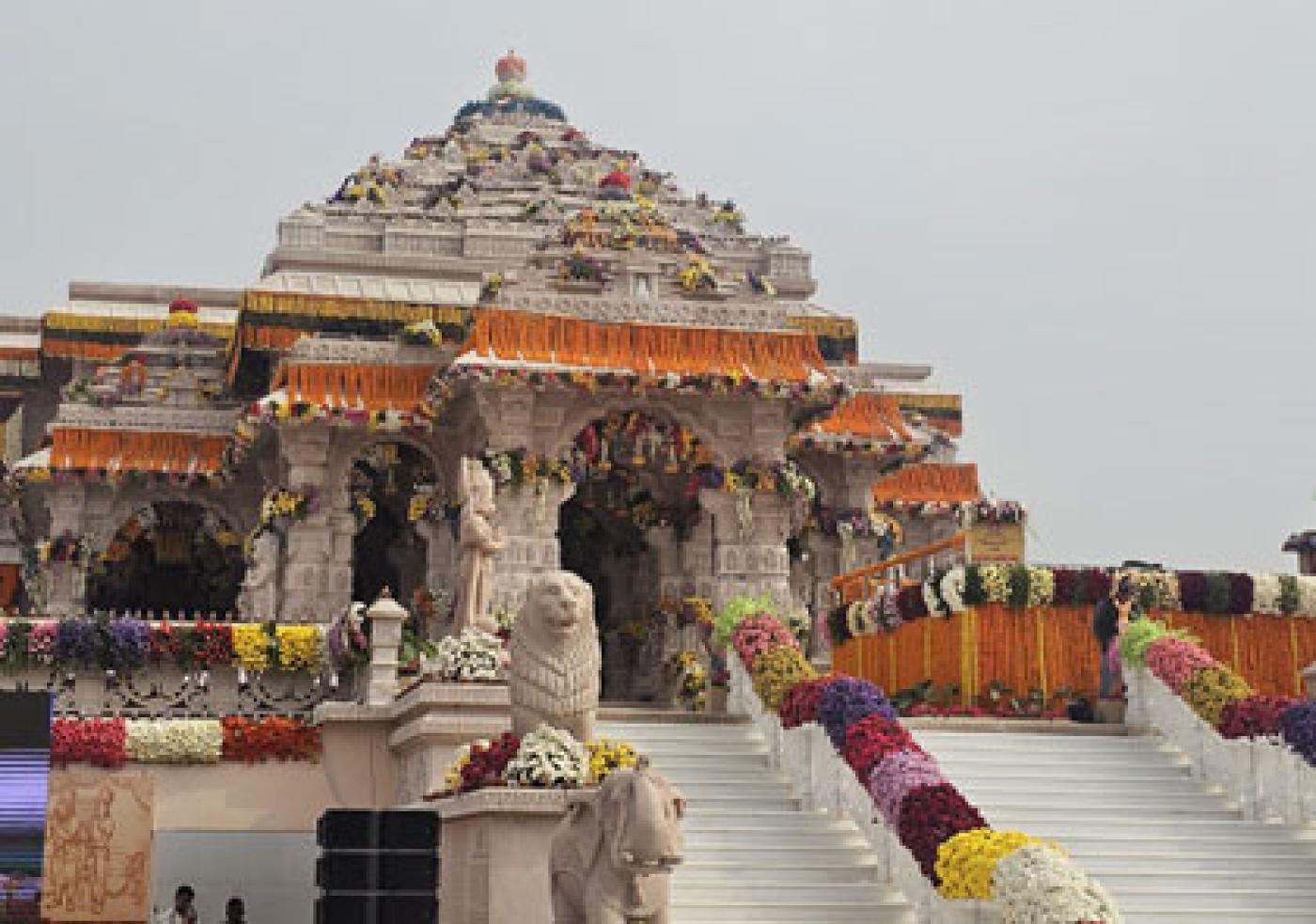

The Kumbh Mela Grounds in Prayagraj (formerly Allahabad) are not just a venue, but a spiritual universe that comes alive every 12 years during the world’s largest religious gathering—the Kumbh Mela. Located at the Triveni Sangam, the meeting point of the Ganga, Yamuna, and mythical Saraswati rivers, this vast open area becomes a vibrant city of tents, saints, and pilgrims from across the globe. During the Mela, the grounds host millions who gather to bathe in the holy waters and attend religious discourses, aartis, and cultural events. Even during off-Mela years, the site holds historical and spiritual significance. For first-time visitors or regular pilgrims, walking through these sacred grounds is both humbling and surreal. It is more than just an event—it's a living tradition that showcases the deep-rooted spiritual essence of India.
| Grounds Accessibility | Open 24/7 during Kumbh season |
| Major Bathing Dates | As per Kumbh calendar (varies every event) |
| Best Time to Visit | Sunrise (for photography and peaceful walks) |
| Entry Fee | Free |
| Tented Accommodation | Paid (varies by operator) |
| Special Darshan Passes | Available during Mela (chargeable) |
| Helicopter Rides | Available during Mela (chargeable) |
The legacy of the Kumbh Mela dates back thousands of years and is deeply intertwined with Hindu mythology. According to legend, during the celestial tug-of-war between gods and demons for the nectar of immortality (Amrit), a few drops of it fell on four places—Prayagraj, Haridwar, Nashik, and Ujjain. Prayagraj is considered the holiest among them due to the confluence of three rivers at the Sangam. The Kumbh Mela, celebrated here every 12 years (and Ardh Kumbh every 6 years), is a time when spiritual energy is believed to be at its peak.
The scale of the Mela is staggering, with millions of pilgrims, sadhus, saints, and international visitors congregating for a holy dip in the Sangam. Temporary cities with roads, hospitals, sanitation systems, and markets are constructed, making it one of the world’s most impressive logistical feats. Declared as Intangible Cultural Heritage by UNESCO, the Kumbh Mela is a spectacle of faith, discipline, and the spirit of India. Between Mela years, the grounds are quieter but still host pilgrims and spiritual seekers who wish to experience the sacred aura of the site.
| Triveni Sangam | 1 km | 5–10 mins | Walk/Rickshaw |
| Hanuman Mandir | 2 km | 10 mins | Auto/Rickshaw |
| Alopi Devi Mandir | 2.5 km | 10–15 mins | Auto |
| Allahabad Fort | 2.8 km | 10–12 mins | Auto |
| Anand Bhavan | 6.5 km | 25–30 mins | Taxi/Auto |
Visit early morning for peaceful darshan and photography
Wear comfortable footwear for long walks
Carry water bottles, hats, and sunscreen
Use official, marked bathing zones during the Mela
Be cautious of pickpockets in crowded areas
Follow signage and instructions from Mela authorities
Avoid bathing during peak hours unless well-prepared
Use government-designated accommodations or trusted camps
Rudraksha malas and holy beads
Spiritual books and scriptures
Incense sticks, diyas, and Ganga water bottles
Saffron robes, spiritual flags, and Kumbh souvenirs
Herbal medicines and ayurvedic oils sold by saints’ camps
1. Sadhu Langars (During Mela)
Free meals offered by akharas and saints—simple and sacred.
2. Kumbh Canteens
Government-set up food courts offering hygienic, affordable thalis.
3. Local Chaat Vendors
Try kachori-sabzi, samosa, and aloo tikki in mobile stalls.
4. Ram Bhandar (near Hanuman Mandir)
Famous for jalebi-kachori breakfast combos.
5. Bhojanalayas in Civil Lines (5–6 km)
Offers full North Indian meals in clean settings—great for families.